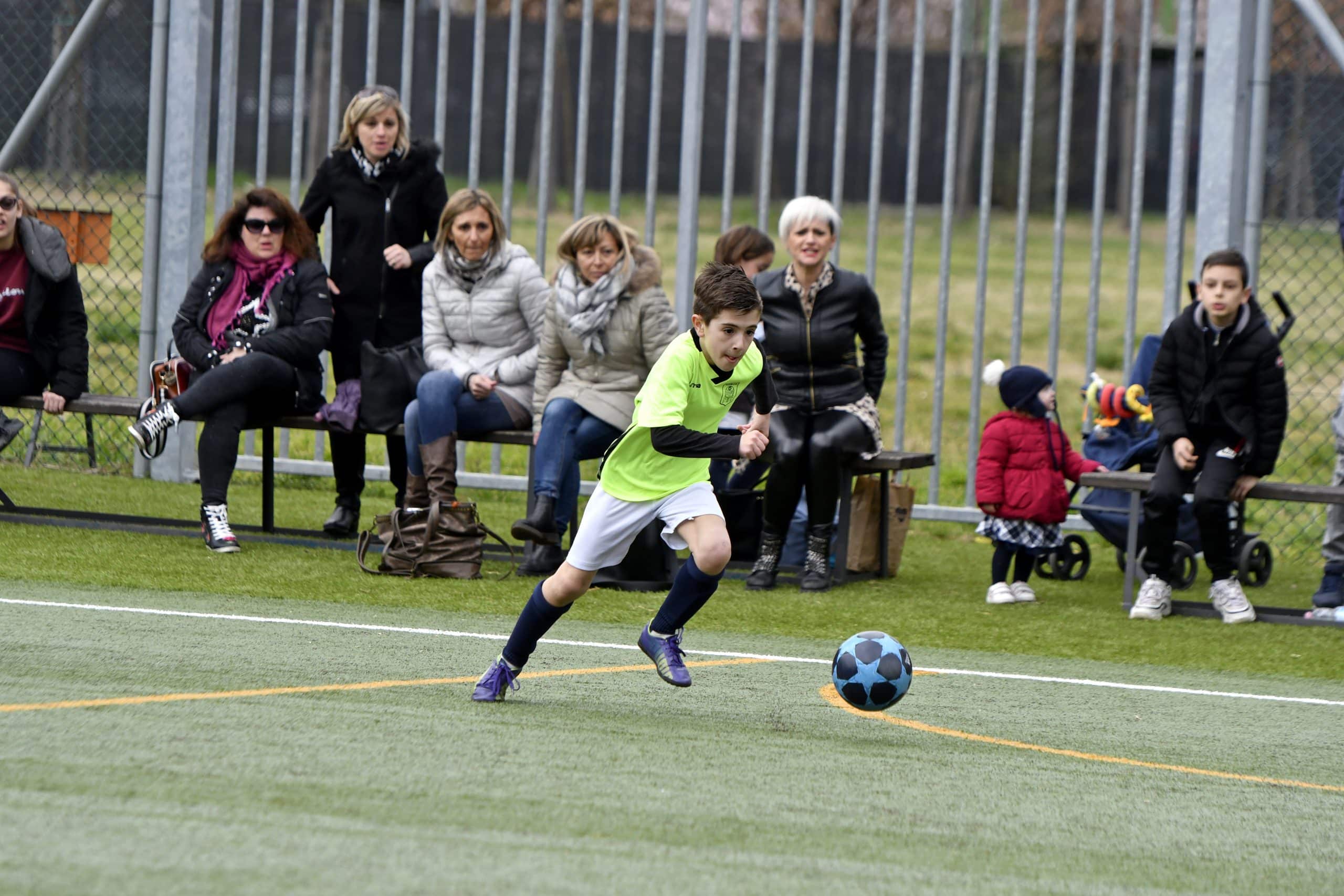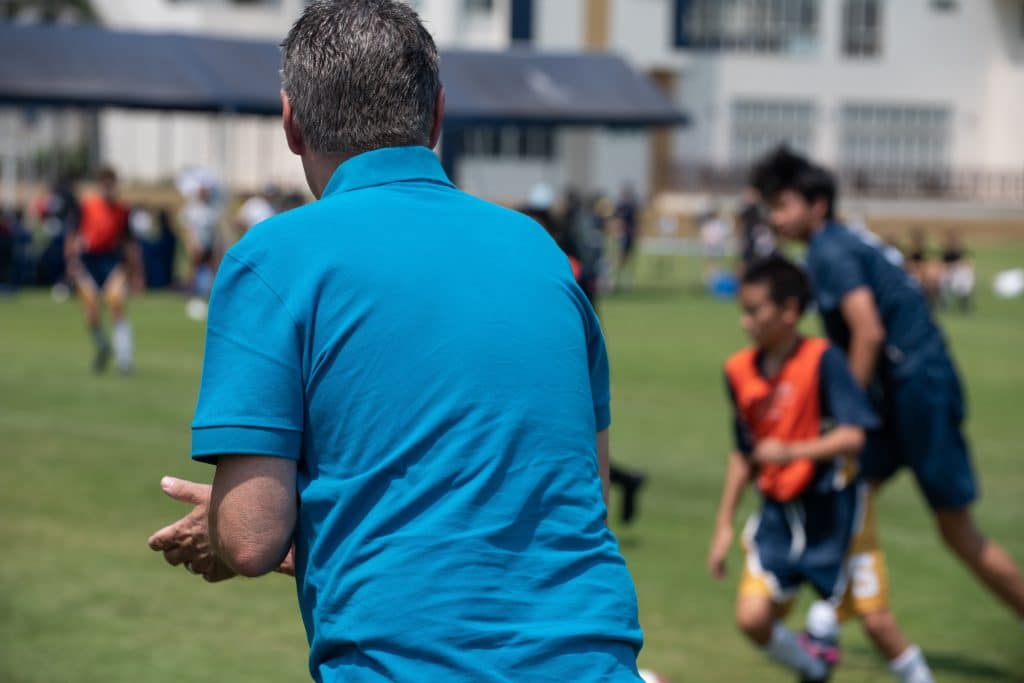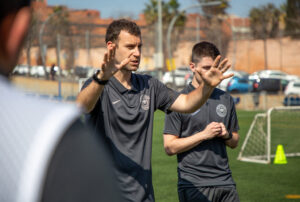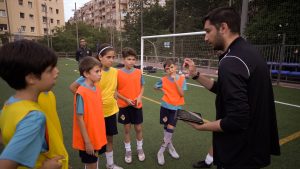It is common that during the development stage, before and during the match, family members motivate the children with messages of encouragement and even give them advice on what to do in order to win. This is positive as long as they do not put too much pressure on the young players.
Once the match is over, it is very important for families to focus on the outcome, always prioritising learning and enjoyment through the game rather than victory or defeat.
However, some family members become coaches from the stands. They criticise the coach themselves, the players and in some cases also other families. Regarding this, Ogando (2019) made a categorisation of those family members according to their negative behaviour inside a football field, and obtained 5 types:
1. The ‘Normal One’
They want their child to have fun and interact with other children in their environment so that they become confident in what they do. These parents are often not very fond of sports and their priority is that their child is happy and achieves this through sport, transmitting words of encouragement without holding them accountable for the results.
2. The ‘Coach’
They try to manage their child – and sometimes others too – by shouting and giving instructions from the side contrary to those of the head coach, which causes the player’s confusion. They are characterised by walking around the pitch while their child is playing, monitoring the minutes of play, suggesting subs and keeping score. Through their attitude, they put pressure on the young athlete.
3. The ‘Fan’
They are simply passionate about the team and against everything that opposes it. They ask their child to play and give their all in every game as if it were the most important thing in life, but they forget that they are not a professional and that sport has to transmit values above competing at any price. They can show unsportsmanlike behaviour and disrespect towards other families, the referee or the opposition team.
4. The ‘Hidden One’
They approach their child and slyly give them instructions on what to do, behind the coach’s back. This is very similar to the ‘coach’ profile, with the difference that, in this case, the instructions are only for their child and in secret.
5. The ‘Manager’
They tend to want to impose their ideas and conspire with or against something that happens in the team, usually influenced against the coach or club. These family members often criticise any decision made by the coach or the person in charge of the club’s sporting activities, and to do so they try to convince other families to join their cause.
After seeing the profiles described above, which one do you identify with the most? Have you experienced any of them? What would you do if you came across one of them?
As coaches, parents or simply football fans, we must take these behaviours into account in order to prevent them from becoming commonplace at games. To this end, it is essential that clubs and academies promote training for families so that they can cooperate in the development process of young players.
Do you want to improve your training of youth players?
In the Online Expert in Youth Football course, you will learn to identify the main characteristics of young players and to classify them according to their level of game understanding. All this will allow you to select the most appropriate training content according to their needs and, consequently, enable you to design training sessions and tasks that respect and favour their learning processes in order to eventually help develop better players.









